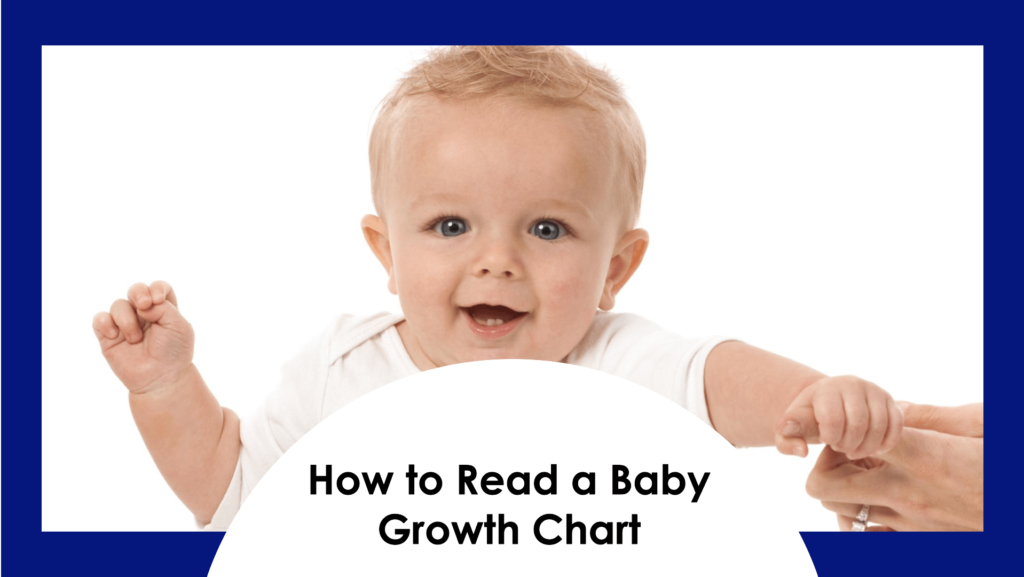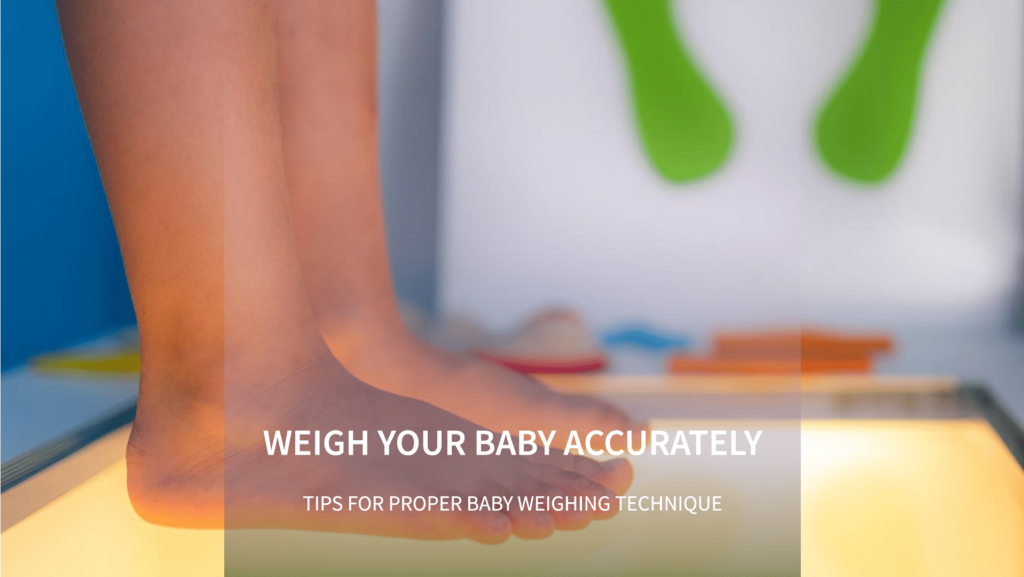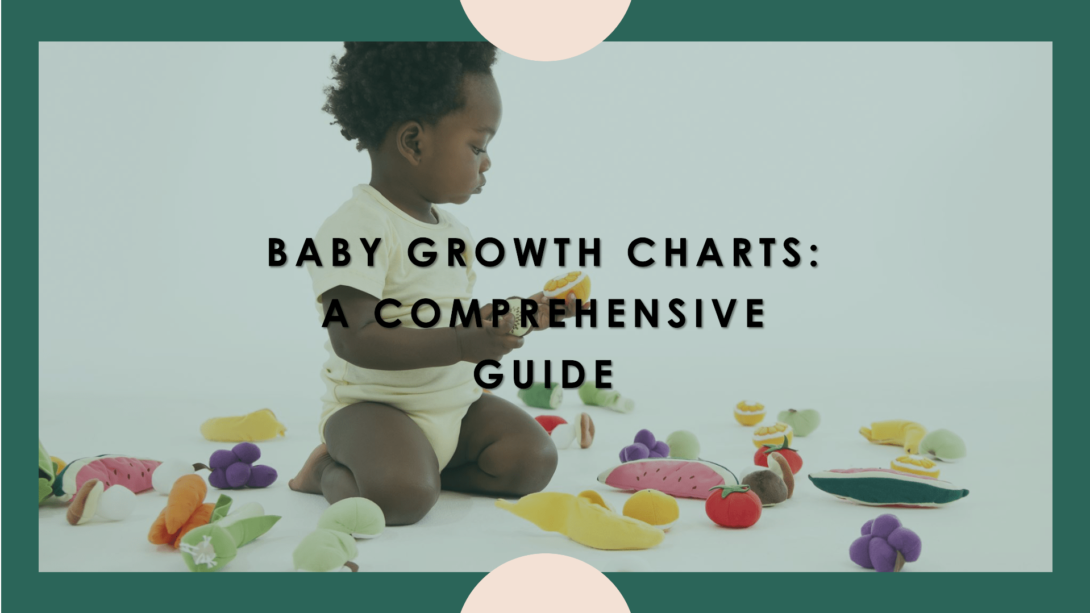As a new parent, nothing is more rewarding than watching your little one grow and develop. However, it’s natural to have concerns about your baby’s growth and whether they are thriving as they should. Baby growth charts serve as invaluable tools for tracking your child’s development during the first 24 months of life. In this comprehensive guide, we’ll walk you through the ins and outs of interpreting these charts, understanding growth patterns, and addressing any concerns that may arise.
I. Understanding Baby Growth Charts
Baby growth charts are visual representations of a child’s growth over time. They typically display weight, length (or height), and head circumference measurements in relation to age. These charts use percentiles to compare your baby’s growth against a reference population. For example, if your baby is in the 50th percentile for weight, it means that 50% of babies of the same age weigh less, and 50% weigh more.
II. How to Read a Baby Growth Chart

Reading a baby growth chart may seem daunting at first, but it becomes more manageable with a little guidance. Pay attention to the following key points:
A. Understanding the Axes and Measurements
Baby growth charts have two axes: one for age (months) and the other for measurements (weight, length, or head circumference). By locating your child’s age on the horizontal axis and their corresponding measurement on the vertical axis, you can find where their data intersects.
B. Interpreting Growth Percentiles
Growth percentiles are essential in understanding how your baby’s measurements compare to those of other children their age. While percentiles range from 1 to 99, it is essential to note that there is no “ideal” percentile. Babies can be healthy and develop normally at any percentile.
C. Identifying Normal Growth Patterns
Healthy babies can follow a wide range of growth patterns. Some may consistently be in the higher percentiles, while others may stay closer to the lower percentiles. What matters most is your child’s individual growth trajectory and how it evolves over time.
III. Baby Growth Chart Calculator
In the digital age, there are numerous online resources and baby growth chart calculators available to assist you. These tools often require your child’s age, gender, and specific measurements. They then generate a growth chart, making it easier for you to interpret and track your baby’s progress.
A. Utilizing Online Tools and Resources
Look for reputable websites or apps endorsed by healthcare professionals or government health agencies. These tools should provide accurate and evidence-based information.
B. Inputting Accurate Measurements
To obtain reliable results, ensure that you accurately record your baby’s weight, length, and head circumference. Use a reliable weighing scale and measuring tape to minimize errors.
C. Analyzing the Results
Once you have the growth chart, focus on the trends rather than individual data points. Consistent growth along a particular percentile is more important than single measurements that may fluctuate.
IV. Weighing Your Baby Correctly

Proper weighing techniques are crucial to obtaining accurate measurements. Here’s what you need to know:
A. Choosing the Right Scale and Setting
Use a digital pediatric scale that provides precise readings. Make sure to weigh your baby on a flat surface without any obstructions.
B. Ensuring Precision and Accuracy
For accuracy, weigh your baby without heavy clothing or diapers. Always hold your baby securely while weighing to prevent accidents.
C. Recommended Frequency of Weighing
While frequent weighing can lead to unnecessary anxiety, periodic measurements during well-baby check-ups are sufficient to track your child’s growth effectively.
V. What to Do If Your Baby Is Below the Average
It’s natural to be concerned if your baby’s growth falls below the average percentiles. Take these steps to address the situation:
A. Consulting with a Pediatrician
If you have concerns about your baby’s growth, consult with a pediatrician. They can assess your child’s overall health, consider their individual circumstances, and provide appropriate advice.
B. Addressing Potential Growth Issues
Underlying factors, such as nutritional deficiencies or medical conditions, may impact your baby’s growth. Working with a healthcare professional can help identify and address these issues promptly.
C. Implementing Dietary and Lifestyle Adjustments
In some cases, simple dietary changes, such as adjusting feeding patterns or introducing nutrient-rich foods, can positively influence a baby’s growth.
VI. What to Do If Your Baby’s Growth Pattern Changes

It’s essential to stay vigilant for any changes in your baby’s growth pattern. Here’s what you can do:
A. Recognizing Signs of Growth Fluctuations
Keep a close eye on your baby’s eating habits, activity level, and overall behavior. Unexplained changes may indicate a need for further evaluation.
B. Seeking Professional Medical Advice
If you notice any unusual growth patterns, consult your pediatrician promptly. Early intervention can prevent potential issues from becoming more serious.
C. Monitoring and Documenting Changes
Over Time Maintain a growth journal to track your baby’s measurements, milestones, and any concerns you may have. This written record can be valuable during medical consultations.
VII. Factors Affecting Baby’s Growth
Several factors influence a baby’s growth and development. Understanding these factors can provide additional context when interpreting growth charts:
A. Genetics and Familial Growth Patterns
Genetic inheritance plays a significant role in determining a child’s growth potential. If parents are naturally shorter or taller, these traits may be reflected in their child’s growth.
B. Nutrition and Breastfeeding Considerations
Adequate nutrition, whether through breastfeeding or formula feeding, is vital for healthy growth and development.
C. Physical Activity and Developmental Milestones
As babies grow, their physical activity and achievement of developmental milestones can impact their growth trajectory.
VIII. Promoting Healthy Growth and Development
As a parent, you play a crucial role in supporting your baby’s growth and development:
A. Encouraging a Balanced Diet
Provide a variety of nutritious foods to support your baby’s overall health and growth.
B. Providing a Nurturing and Stimulating Environment
Create a safe and engaging environment to promote physical activity and cognitive development.
C. Regular Pediatric Check-ups and Vaccinations
Regular visits to the pediatrician for check-ups and vaccinations help monitor your baby’s growth and protect them from preventable illnesses.
IX. Addressing Parental Concerns
Parenting comes with its fair share of worries. Here’s how to manage concerns about your baby’s growth:
A. Managing Parental Anxiety About Growth
Remember that individual growth patterns vary, and percentiles are only part of the picture. Focus on your baby’s overall well-being and milestones achieved.
B. Seeking Support from Healthcare Professionals
Don’t hesitate to seek guidance and reassurance from your pediatrician or other healthcare providers.
C. Connecting with Other Parents for Reassurance
Engaging with other parents through support groups or online communities can provide valuable insights and emotional support.
X. Celebrating Milestones and Individuality

Remember that each child is unique and will develop at their own pace:
A. Emphasizing the Uniqueness of Each Child
Avoid comparing your baby’s growth to others and embrace their individuality.
B. Recognizing Non-Physical Developmental Achievements
Growth isn’t just about physical measurements; celebrate your baby’s cognitive, social, and emotional milestones.
C. Fostering a Positive and Loving Environment
A nurturing and loving atmosphere can positively impact your baby’s overall development.
Conclusion
Baby growth charts are essential tools for understanding your child’s development during the first 24 months of life. By learning how to interpret these charts, accurately weigh your baby, and address any concerns that arise, you can better support your child’s healthy growth and development. Remember to embrace the uniqueness of your little one, celebrate their milestones, and seek professional guidance whenever necessary. Parenthood is a journey filled with love and learning, and being informed about your baby’s growth is just one of the many ways to ensure their well-being and happiness.
Share this post: on Twitter on Facebook on Google+


